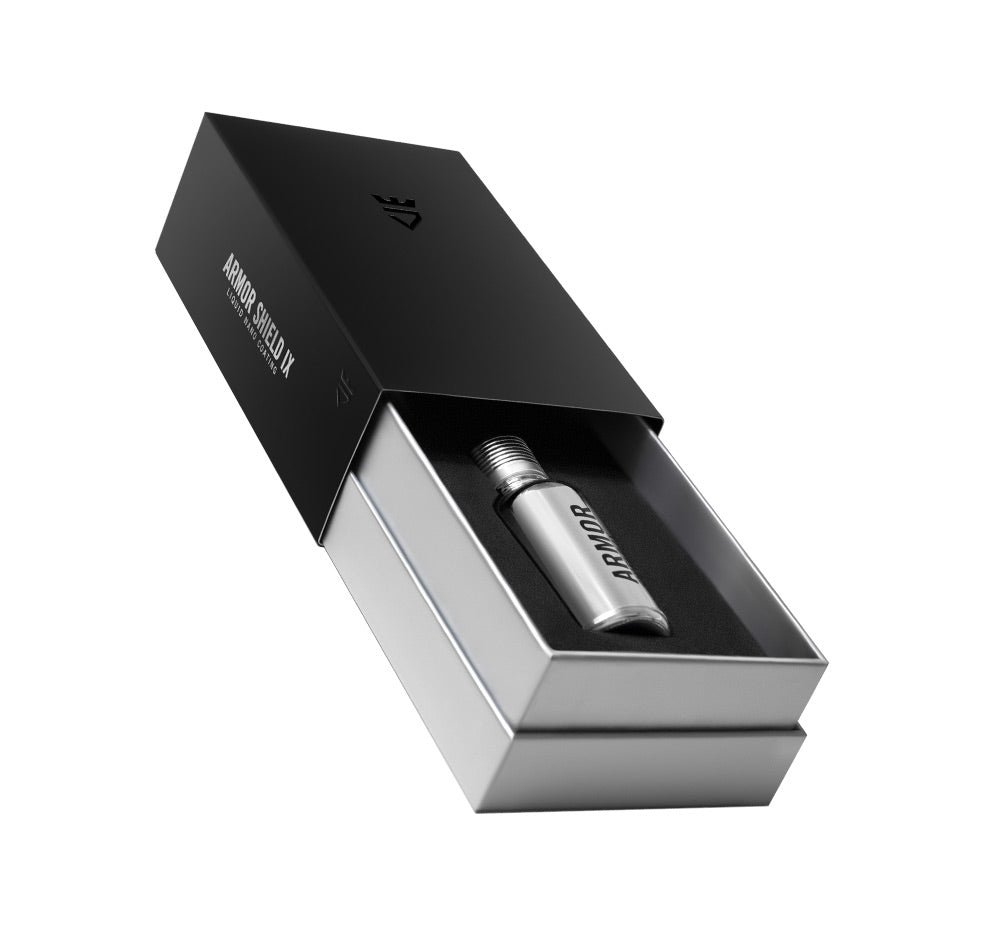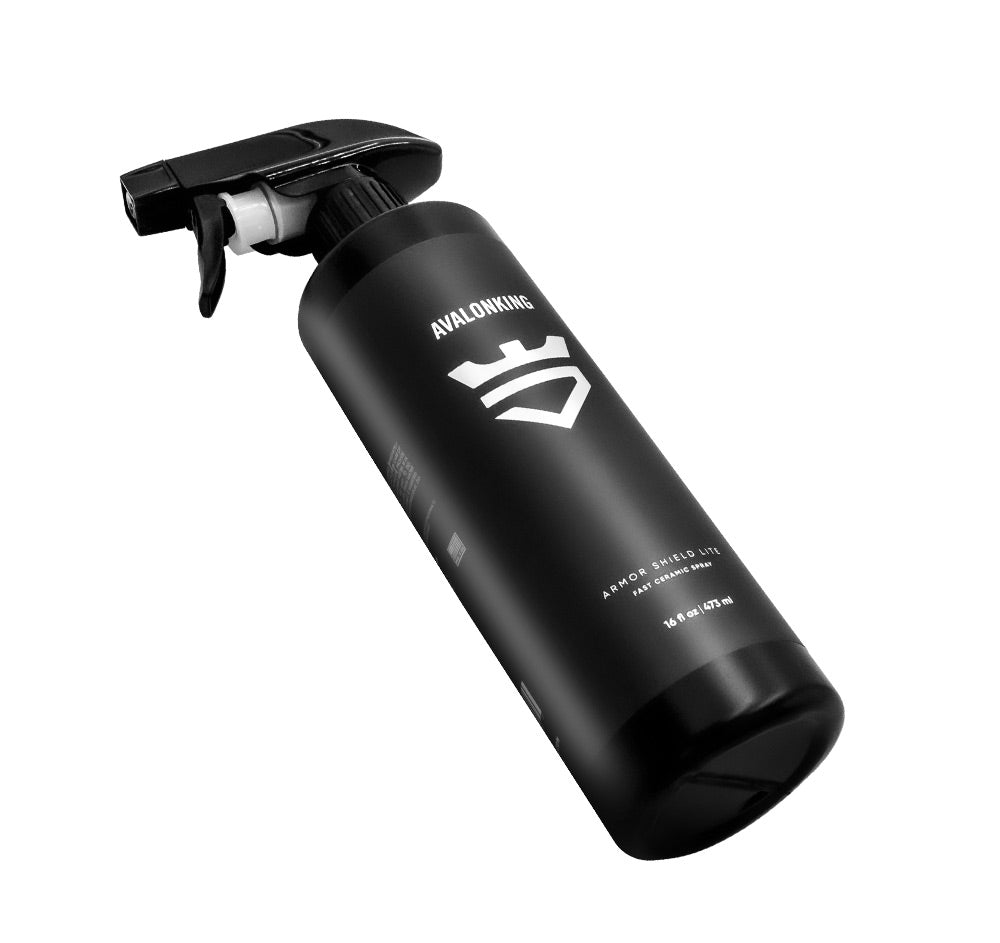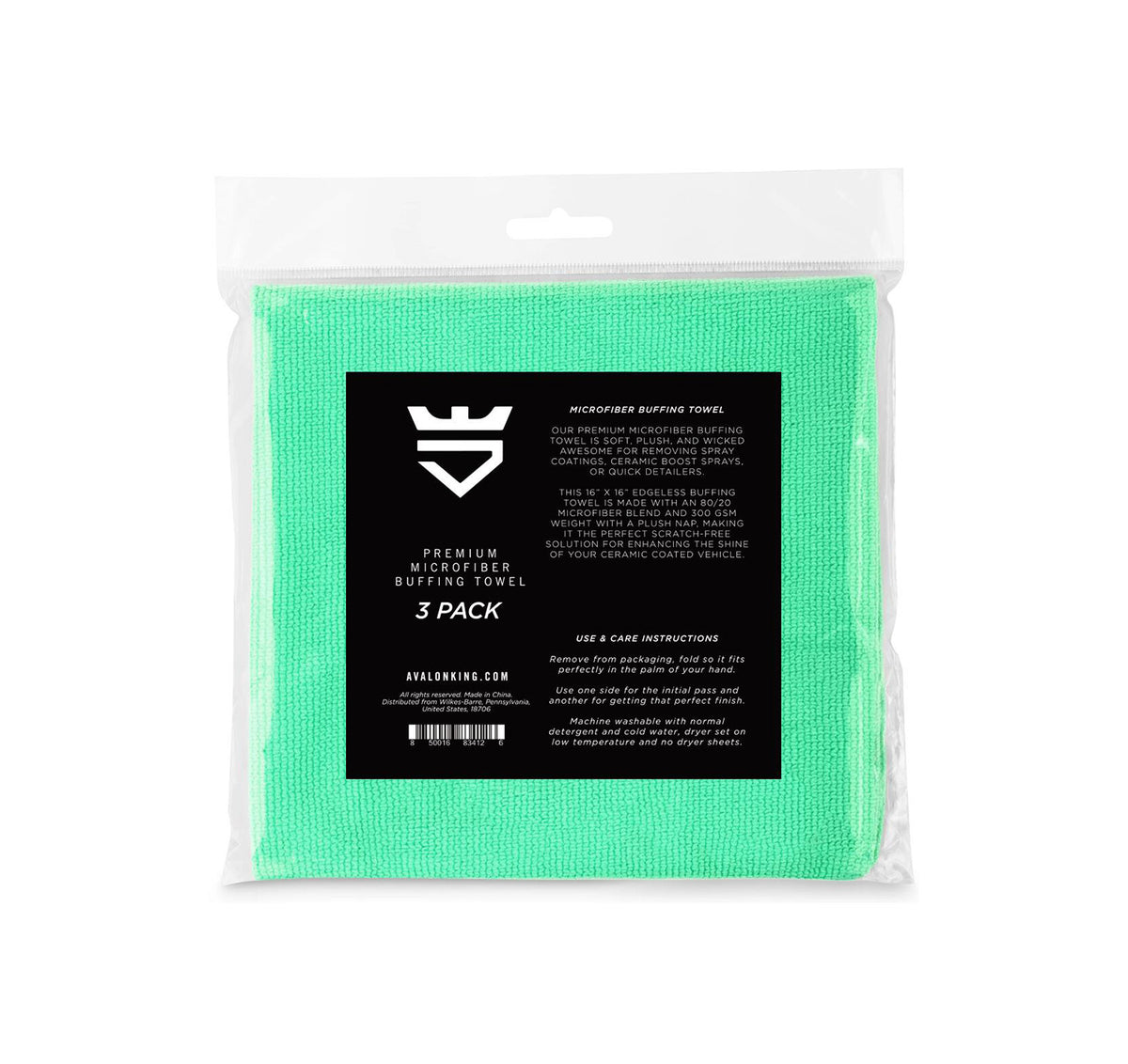Do you remember the first time you saw a really clean engine bay?
Maybe it was at a car show, or perhaps at cars and coffee one Saturday morning? Or possibly it was your uncle or grandfather's hot rod, muscle car, or classic collector car sitting in the drive with its hood lifted, patiently waiting for someone to detail everything beneath the bonnet.
A clean engine bay is not only a thing of beauty, but a protected and properly functioning core of the entire automobile. Gearheads get it, but the average commuter struggles to understand the ideas behind the extreme care that goes into a well-detailed engine bay.
People assume all that shine within the engine room is just for show, serving little more than a method of catching the eye of a fellow car enthusiast passerby. For them, engine bays are an “out of sight, out of mind” area, and because of this mindset, this compartment is prone to hosting quite a few problems when not properly cleaned and maintained on an annual basis.
Here are a few reminders about why you should decontaminate, protect, and provide proper care for your vehicle's engine bay once a year. Applying a nano-ceramic coating to various components beneath that bonnet is just icing on the cake, a really shiny cake packed with pistons and an insatiable appetite for refined fossil fuels.
Why in the Hell Would Anyone Detail Their Engine Bay?
Let's get something straight. Yes, you can ceramic coat your engine bay, but only particular parts of it. There are certain components and materials that do not play well with nano-ceramic coatings, so you have to be mindful of what engine parts are safe to ceramic coat prior to application.
But even before you get to the coating phase, you are going to have to conduct a filth removal and decontamination process. Just like any other part of a car that can be ceramic coated, implementing surface prep procedures with a Ceramic Prep Shampoo, clean H2O, a microfiber chenille wash mitt, or multi-purpose microfiber towels, and a two bucket scrubbing method is a great place to start.
You have to be prepared for some serious filth too, so hit that bay with some engine degreaser first if it looks extra nasty, and be sure to have a multi-pack of microfiber cloth cleanup rags handy, as engine grime, road salt, spilled fluids, and rust are all likely lurking beneath your bonnet.
Why should you give a shit about what sort of filth is languishing within the confines of your car's engine bay? All of that nastiness we just listed has been found time and time again to be responsible for the deterioration of rubberized parts, for the promotion of corrosion on electrical components, and the premature seizure of hardware and mechanical pulleys.
By giving your engine bay a good scrubbing every year or so, you not only are helping make it look stellar, but you are cutting down on the negative effects of corrosion and grime. Followed by an Isopropyl Alcohol (IPA) Prep Spray wipe-down, and the application of a nano-ceramic coating, you will provide your engine bay with a layer of protection that can resist moisture, chemicals, airborne contaminants, and an array of engine exclusive ugliness.
Simply put: If a contaminant cannot easily stick to a slick surface, it cannot damage it, making any ceramic-coated surface within an engine bay all the easier to clean. Plus, it will make everything that much glossier and pleasant to gaze upon when it comes time to refill that washer fluid reservoir!
Know Your Ceramic Coatings and Engine Components
But not every portion of an engine bay should receive a layer of nano-ceramic coating. Some parts, like exhaust manifolds and turbo housings, get entirely too hot. While others, like silicone hoses and serpentine belts, are not constructed from substances that are compatible with nano-ceramic coatings.
So if certain parts of an engine bay should either be left alone, or protected with a different chemical compound, what should one reach for? High-temp ceramic coating sprays are what you are looking for in this sort of scenario. Either the oven-baked or air-cured professionally installed version will work, with rattle-can DIY options providing the most affordable option.
Contrary to what the forum monkeys claim, high-temp ceramic coatings are not the same as a nano-ceramic coating like Armor Shield IX. These are highly specialized, temp-resistant ceramic polymer layers of armor that are so hardcore that they can even be used on things like engine internals, with ceramic coated piston heads being but one example.
This means that exhaust headers, including aftermarket exhaust headers, are also fair game, along with a bevy of other high-temp parts that you may wish to see hit with either a pigmented or invisible layer of ceramic spray coating.
However, anything that isn't rubberized or consistently hitting temps over the 440° Fahrenheit threshold is ripe for a nano-ceramic coating product like Armor Shield IX. So feel free to apply this transparent layer to anything you feel needs some showroom shine and protection from engine grime!
Parting Shots
One of the primary reasons we drafted up this blog article, is to stress the fact that it never hurts to add a coating of protection to an area of a vehicle that you do not typically consider worthy of protection.
A coated engine bay makes the next detailing job all the easier and being that AvalonKing’s Armor Shield IX is safe to apply to most hard surfaces, obtaining a spotless engine bay is now easier and more affordable than ever.
So if you plan to ceramic coat your automobile and its engine bay with Armor Shield IX, start with things like air intake tubes, electrical control boxes, valve covers, catch cans, coolant reservoirs, plastic shrouding, fender tubs, and any other hard surface that doesn’t get piping hot.
You are going to love the way your engine bay looks, because just like your pervy uncle once said, "Nothing says 'slick' quite like a properly polished and protected dipstick."










